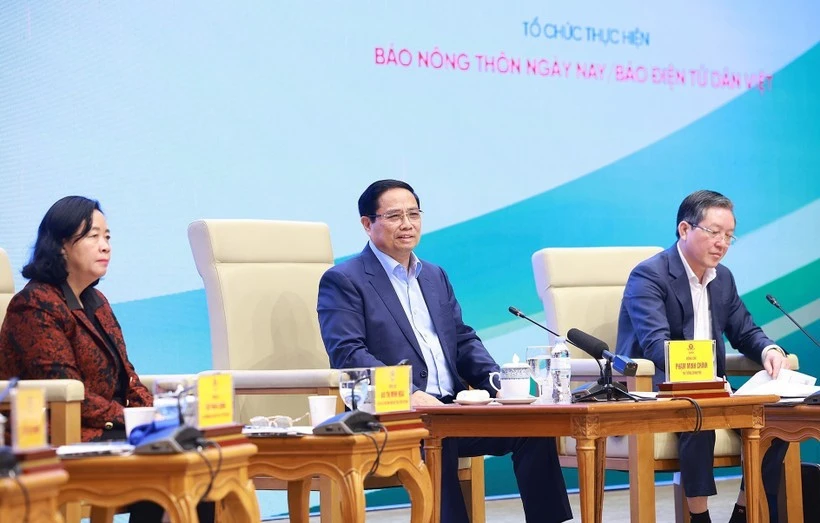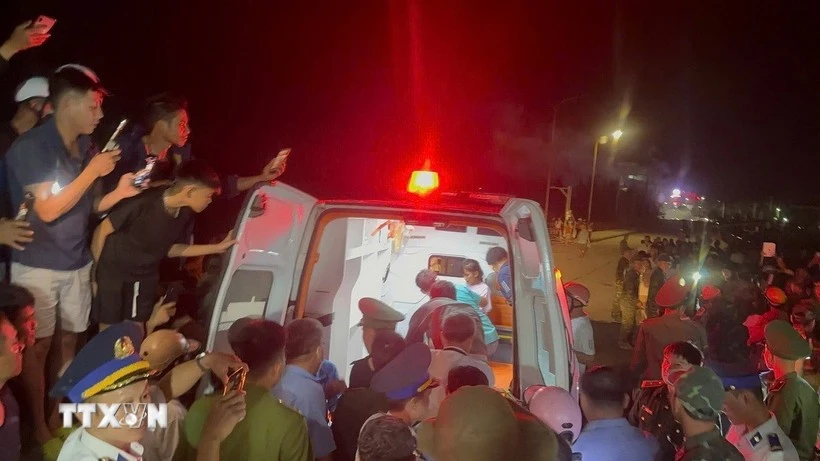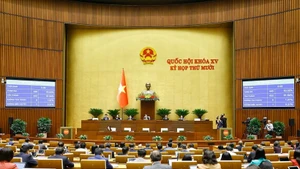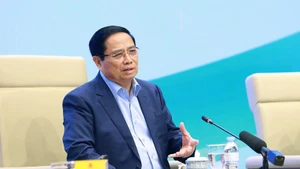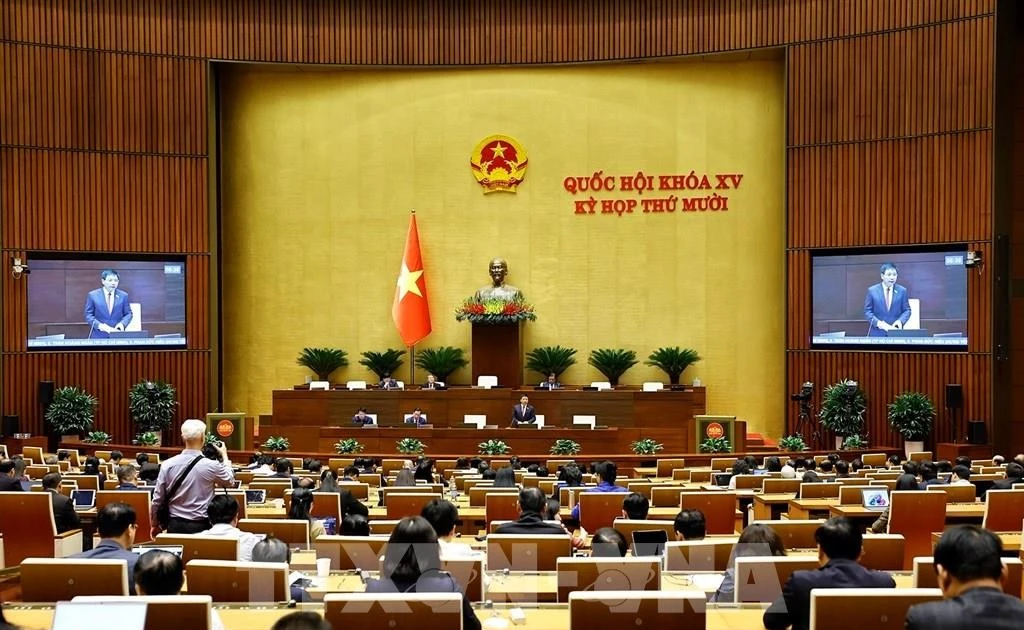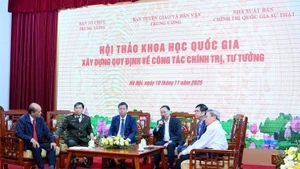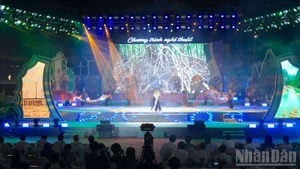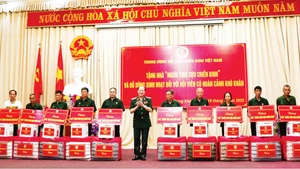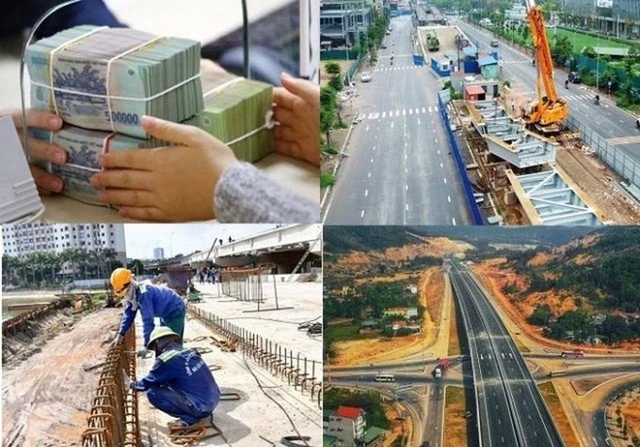Hon Khoai is the largest among five islands in Hon Khoai cluster, with its peak reaching 318 metres above the sea. It is characterised by rocky terrain, freshwater resources and a diverse ecosystem.
According to Secretary of the provincial Party Committee Nguyen Ho Hai, the province is preparing a master plan linking Hon Khoai with Hon Chuoi, Hon Da Bac and nearby areas, and studying a roughly 1,000-hectare logistics zone to operate in tandem with the proposed dual-purpose Hon Khoai General Port.
The province expects to finalise the plan and submit it to the Ministry of Finance in 2025.
Ca Mau is also working closely with the Ministry of National Defence to implement Military Region 9’s Southwest Sea and Island Economic–Defence Zone project, while addressing arising matters to accelerate the Ca Mau–Dat Mui expressway project, said Hai.
For the road to Hon Khoai, Ca Mau has completed measurements, inventories and compensation plans, and is finalising procedures for land and forest-use conversions. Site clearance for the Hon Khoai dual-purpose port has also been completed, the official reported. After inspecting both the road and port projects, General Secretary Lam commended Ca Mau’s political determination and organisational capability.
He said the road and port will form a coherent infrastructure system enabling Ca Mau to capitalise on its maritime advantages and setting out a new vision for the development of Viet Nam’s southernmost continental area.
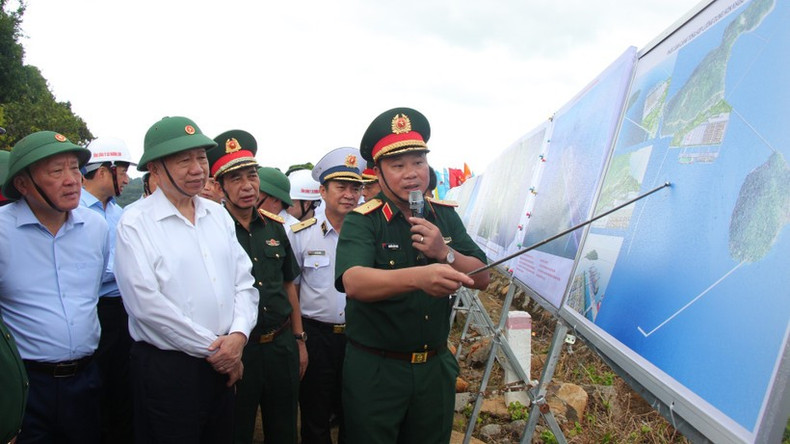
From a defence perspective, he noted, the works will strengthen control over the southwestern seas and enhance search-and-rescue capacity. Economically, Hon Khoai will serve as a gateway for the Mekong Delta, lowering logistics costs, reducing pressure on ports in Ho Chi Minh City and the southeastern region, enabling direct exports via international routes, and opening new development space. This will support high-quality logistics, processing industries and the formation of a new international gateway, he said.
He asked Ca Mau to effectively implement the resolution of the provincial Party Congress for 2025–2030, with a focus on transport infrastructure, regional connectivity and marine–island economic development.
Giving guidelines on Hon Khoai development, the Party chief requested rapid completion of the development plan for the Hon Khoai island cluster, ensuring both economic strength and firm defence capacity. The leader emphasised the need for proper zoning of military, dual-use, economic and ecological areas, with synchronous investment in energy, transport, telecommunications, military structures, deep-water ports and storm shelters, while upholding socio-economic effectiveness, environmental protection and sustainable development.
He described the road and port as strategic frontline projects of great socio-economic and defence significance and urged close coordination among ministries, localities and contractors. He called for maximum mobilisation of resources to ensure timely, high-quality, technologically advanced and environmentally sustainable construction.
Stressing that Hon Khoai is more than a project - it symbolised a national commitment and the aspirations of a self-resilient Viet Nam, he urged officers and soldiers to uphold the spirit of Uncle Ho’s soldiers and surpass all targets despite difficulties and challenges.



